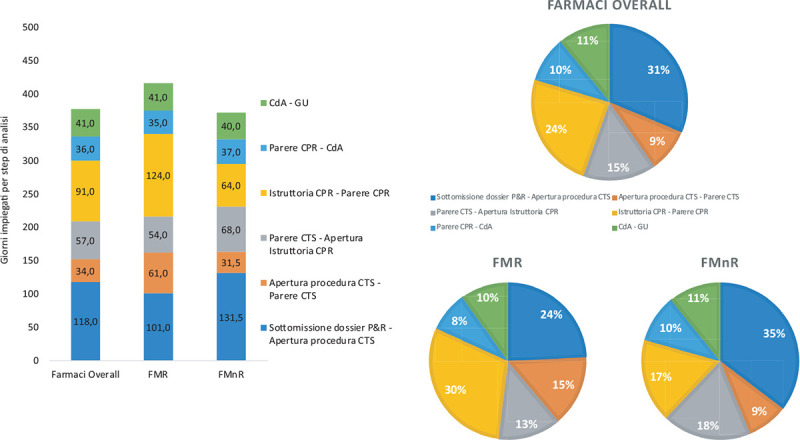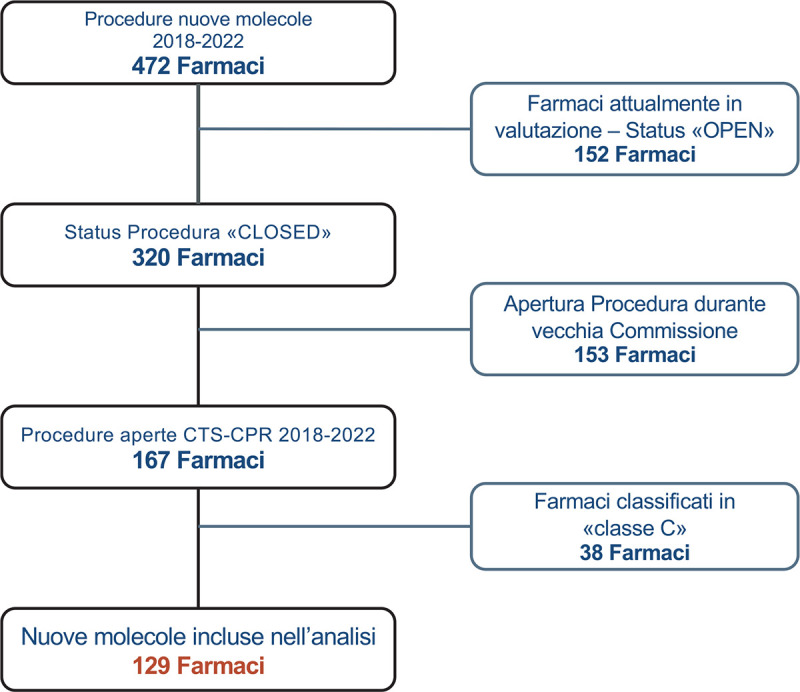意大利市场准入时间:罕见病药物的研发过程持续时间。
IF 0.5
Q4 HEALTH CARE SCIENCES & SERVICES
Global & Regional Health Technology Assessment
Pub Date : 2023-10-31
eCollection Date: 2023-01-01
DOI:10.33393/grhta.2023.2610
引用次数: 0
摘要
本文章由计算机程序翻译,如有差异,请以英文原文为准。



Time to market access in Italia: durata del processo di P&R per i farmaci per le malattie rare.
Time to market access in Italy: duration of the P&R process for rare disease drugs Objective: This paper aims to investigate the duration of the pricing & reimbursement (P&R) procedures submitted in Italy by pharmaceutical marketing authorization holders (MAH) for drugs indicated for rare diseases. Methods: All the data used in this analysis were publicly available on different sources of the Italian Ministry of Health, the Italian Medicines Agency (AIFA) and other official websites. The information was systematically collected to investigate the timeline (days) needed to complete the P&R process. The process was divided into 6 simplified steps and the median and range of days needed for each phase were estimated based on data reported in official/published documents. The analysis was stratified considering every single step of the assessment phase and included segmentation of drugs into indications for rare diseases, Orphan designation, Innovation assessment and Managed entry agreements (MEAs). Results: Overall, 181 first indication procedures were submitted to AIFA in the period considered and, of these, 167 (92.3%) were completed and 129 procedures were considered for the final analysis and the median duration of the entire process (MAH submission to final Gazette publication) was 434 days (range 176.0-918.0). The duration of procedures for rare diseases (n = 53) was longer than those for non-rare-disease procedures (n = 76) (463.0 days vs 407.5 days respectively). Among rare disease procedures, orphan designation and MEAs represent predictors for time prolongation while innovation is associated with a shorter assessment time. Conclusion: The study describes the time spent in each phase of the assessment and the appraisal process and demonstrates that uncertainty represents the main driver for the increment in the overall time.
求助全文
通过发布文献求助,成功后即可免费获取论文全文。
去求助
来源期刊

Global & Regional Health Technology Assessment
HEALTH CARE SCIENCES & SERVICES-
CiteScore
0.80
自引率
20.00%
发文量
27
审稿时长
8 weeks
期刊介绍:
Global & Regional Health Technology Assessment (GRHTA) is a peer-reviewed, open access journal which aims to promote health technology assessment and economic evaluation, enabling choices among alternative therapeutical paths or procedures with different clinical and economic outcomes. GRHTA is a unique journal having three different editorial boards who focus on their respective geographical expertise.
 求助内容:
求助内容: 应助结果提醒方式:
应助结果提醒方式:


